Here’s a new one for you. What did a calenderer do? Any ideas? I hadn’t, so off down the proverbial rabbit hole I disappeared to find out more.
When you’ve visited a stately home and wandered into the bedrooms with those immense four-poster beds, like this one at Houghton Hall, have you ever wondered how on earth they cleaned the drapes around the bed – or is that just me (rhetorical)? I have looked at beds and bedding in a previous article, so I thought this subject required further investigation.
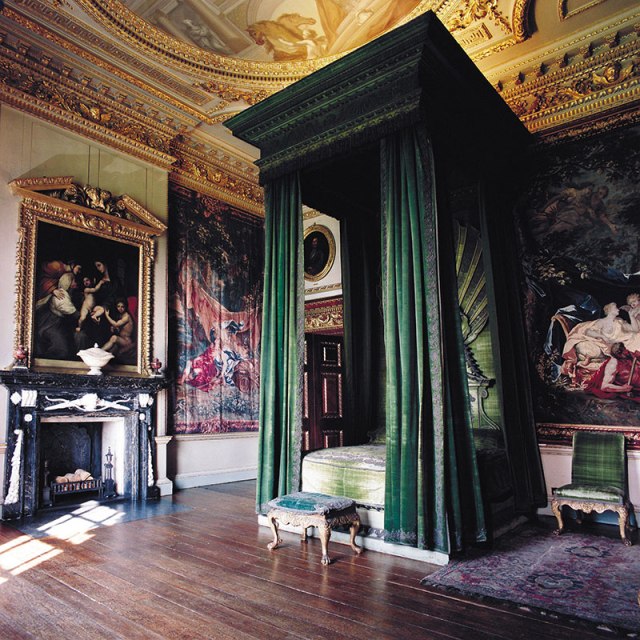
Looking at the sheer amount of fabric they must have been incredibly heavy, can you imagine trying to climb up there, take them down and wash them by hand? I have visions of several servants attempting to do this precariously balancing on ladders.
But no, if you were wealthy you would employ a calenderer to do part of this process for you at around 12-15 shillings per bed which equates to roughly the wages to employ a tradesperson for 5 days in 1790.

Calenderers, also known as calico glazers (the term appears to be interchangeable), would visit the home and were often described as ‘journeymen’ (we should point out at this stage that our research has shown that quite a few women also carried out this type of work), unstitch the drapes, from the bed frame, take down the canopies and bedding. The fabric would be washed by the domestic servants, then the calenderman (person) as they were often termed, would apply the final process and rehang the fabric. It was a process that would have been carried out for the most affluent in society.
I noted that Dido Elizabeth Belle had her mahogany bed at Kenwood House, ‘washed and glazed’ for 12 shillings.
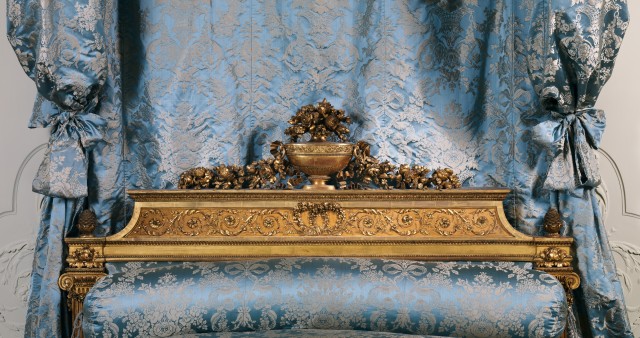
Glazed or shiny chintz originally known as calico, was the favoured style of the eighteenth-century for bed drapes and curtains. The fabric would be scoured and washed, then stretched. The material would be starched with a special solution and finally, the glaze, similar to a waxy substance would be applied using a machine with heated rollers, known as a calender to give it a lovely sheen.

It would have been a very time-consuming job to unpick the curtains and drapes, carry out the process, then restitch everything back into place. Despite this, it was a relatively cheap job to do, around 12 shillings. This was because although labour intensive, labour was cheap at that time.
London had relatively few calenderers, unlike Manchester which seems to have had plenty, but there were quite a few calico glazers. The job of calico glazer required a seven-year apprenticeship to be undertaken, so a skilled trade. Quite a few of these companies went bankrupt as we’ve found them appearing in the newspaper lists, so it doesn’t look to have been the most lucrative of occupations.
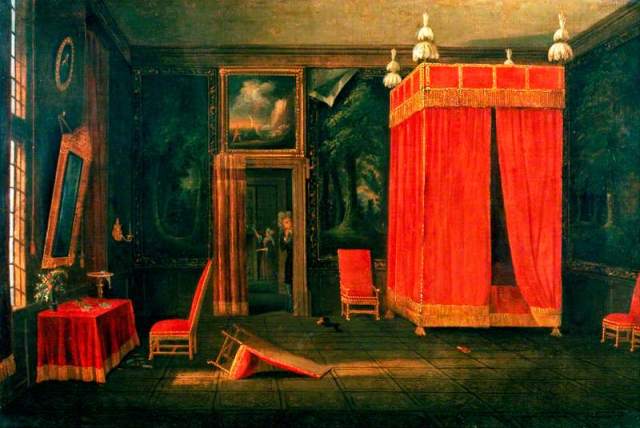
It wasn’t just drapes that were calendered as we can see from this advertisement from The Morning Herald, January 25th, 1793:
Clout. Calenderer and Calico-Glazer. No, 10 King Street, Golden Square, facing the chapel begs leave to inform his friends and the Ladies in general, of Chintz, Muslins, Dimities, Cotton and Linen Gowns and Dresses, in the most elegant manner, without taking to pieces, on the following terms.
Camp beds, Window Hangings, Chair Covers, Coach Linings etc, in proportion
N.B Wanted an apprentice or any young man, that would wish to learn the above business; none need apply who cannot command a small premium.
In The Morning Post and Fashionable World of September 21, 1795, we see Mr Bunting of 41, New Bond Street offering his services as:
Silk dyer, Calenderer and Glazer to Her Royal Highness the Princess of Wales.
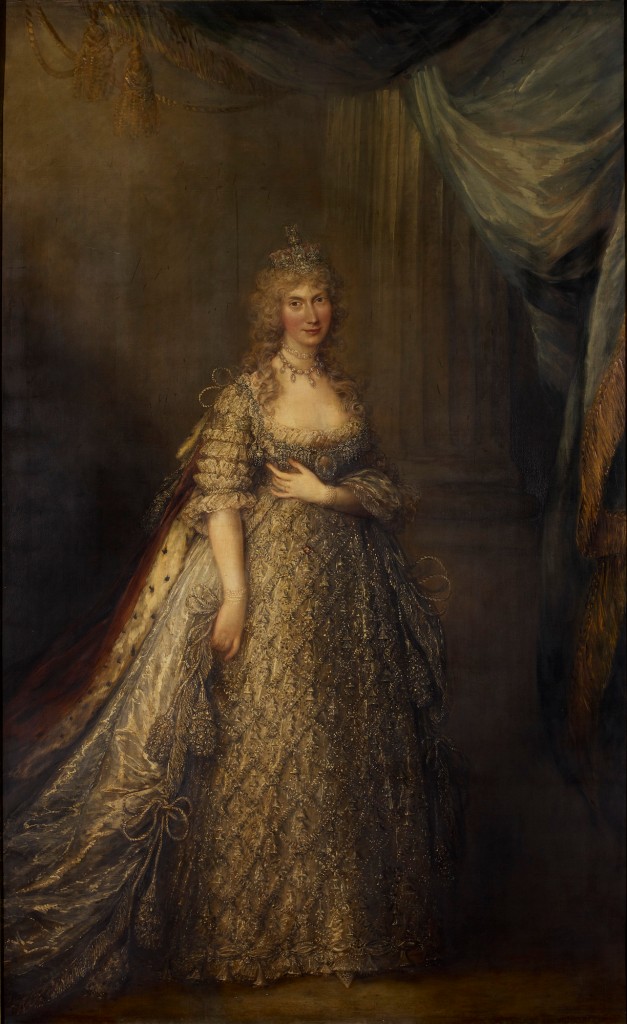
We came across several newspaper advertisements by women, including the family firm of Wrights, which included the three daughters of Mrs Wright, the owner, who took over the business upon the death of their mother. We have looked for wills for all the calenderers that we’ve found and not one, so this leads us to conclude that in all likelihood they didn’t have enough to make it worthwhile leaving one.
Sources
Records of London’s Livery Companies Online Apprentices and Freemen 1400-1900
Gazetteer and New Daily Advertiser (London, England), Wednesday, February 8, 1775
Gazetteer and New Daily Advertiser (London, England), Saturday, May 2, 1778
Public Advertiser (London, England), Saturday, May 13, 1780;
Hall Genealogy, Old Occupation Names
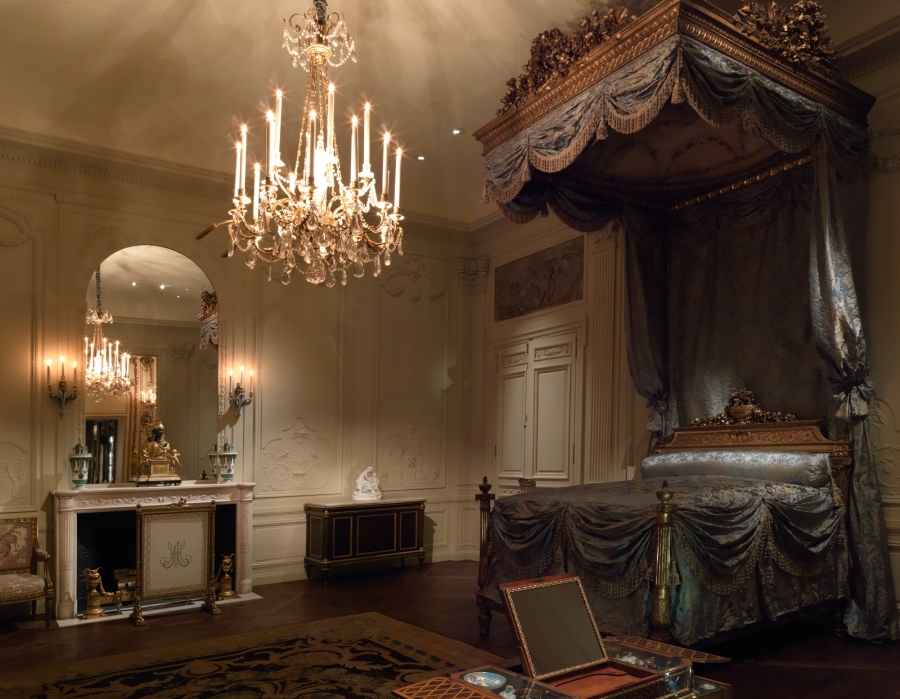

The shiny paper used for women’s magazines and suchlike is ‘calendered’ paper. Obviously a modern take on the same basic process. It’s produced by putting it through pressured rollers.
LikeLike
Yes, Jacey, we’d read about that, thanks for sharing 🙂
LikeLike
before the times of the heated rollers, and I suggest probably also in the country, calendaring was carried out by hand by rubbing the cloth all over with a rounded glass implement a bit like a short, wide pestle or indeed not unlike a darning mushroom only bigger. A back-breaking job and I wager that the cloth glazers welcomed the innovation of rollers. An embossed pattern could also be imparted as on calendered moiré silk
LikeLike
Thanks, Sarah. We agree it would have been backbreaking work for many 🙂
LikeLike
I had no idea…thank you! You learn something new every day here. Awesome!
LikeLike
Delighted you enjoyed it 🙂
LikeLike
Such an exciting post!!! Who wouldn’t feel like Royalty In those beds!!! 👑
LikeLiked by 1 person
Thank you so much 🙂
LikeLiked by 1 person
Pingback: The Pemberley Post No. 4 (Jan 21-27, 2019) ~ Jane Austen and More! – Jane Austen in Vermont
Pingback: Merkwaardig (week 5) | www.weyerman.nl
My ancestor Nathaniel Kirkman, born in 1717 was a calendered in Manchester. He left a wil
LikeLike
Oh wow, how interesting. We did notice that there appeared to be far more calenderers in Lancashire than anywhere else in the country.
LikeLike
In his discharge papers from the Chelsea Hospital, my Great Great Grandfather, is described as “by trade a calenderer” so thank you for this! He was also from Manchester.
LikeLike
You’re very welcome, it sounds like a really interesting job 🙂
LikeLike